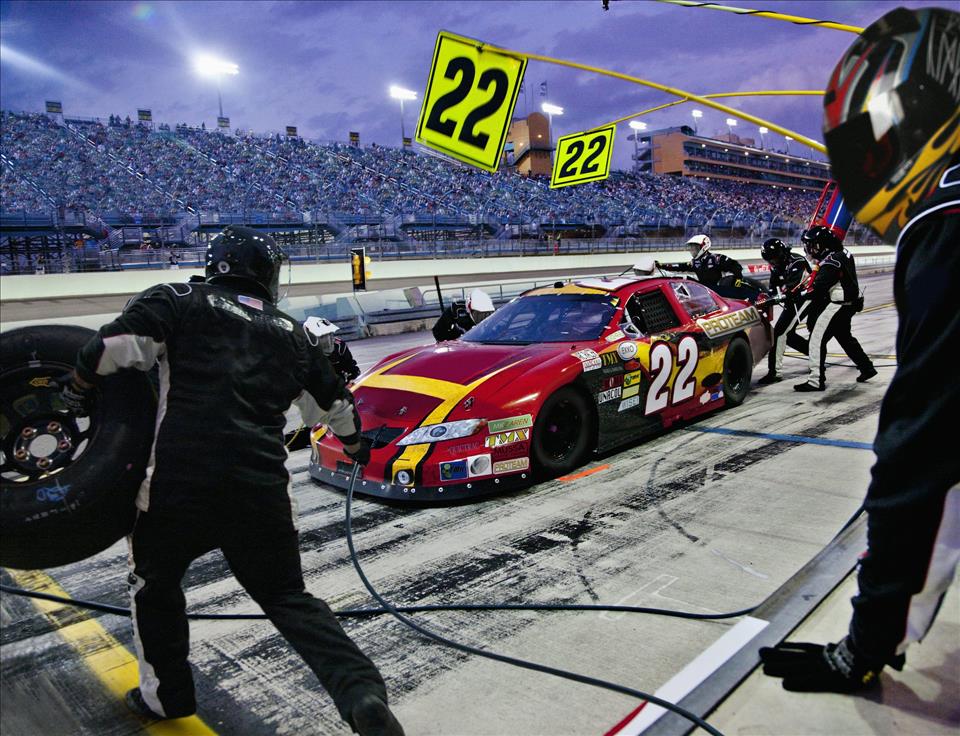
Why US Schools Need To Shake Up The Way They Teach Physics
Research shows that access to physics education varies based on race, gender, sexuality and disability . Physics courses are usually standard offerings in suburban high schools, but at urban and rural schools that isn't the case .
Even in places where physics is taught, the lessons rarely highlight how physics can be applied to students' everyday lives.
This approach can hamper students' desire to learn . In my work as a physics education researcher , I've encountered lessons centered on the rote memorization of formulas. This method fails to encourage critical thinking, constraining students' ability to creatively solve problems.
Teachers sometimes believe that if a student can't grasp a physics concept, it's the student's problem. Instructors oftentimes don't try to present the materials in a way that could help students engage more deeply with the lessons. This adds to the challenges poorer, nonwhite students already face, which include being held to lower standards and having fewer classroom resources .
Imagine if, instead, students could see how physics influences their daily lives in sports, extreme weather or baking and cooking. How might these real-world connections spark curiosity and foster a deeper understanding of physics?
Making physics relevantNot adequately teaching physics has consequences.
As the economy becomes more tech-centered , understanding physics is critical. Yet the number of Americans with a solid grasp of physics is dwindling .
If there's a shortage of candidates for jobs requiring a basic understanding of physics, it could hurt the ability of the U.S. to compete in the global economy, or it could compel companies to outsource certain jobs to countries with a better-educated workforce.
Many students have a vague notion that they would like to pursue STEM careers; they realize that these jobs usually pay well and can be interesting and fulfilling. But they aren't even aware that learning physics can better prepare you for a role as an aerospace engineer, software developer or environmental scientist, to name just a few.
Understanding that relationship alone could boost their desire to learn the material.
But there's another way to boost motivation, which I've spent years studying and developing , called“culturally relevant physics education.”
Physics is usually taught in ways that don't connect with a diverse student body, leading to lower performance and engagement, especially among poor and nonwhite students. This can cause these populations to see little value in learning physics .
A traditional high school physics class teaches abstract equations and focuses on topics such as projectile motion and electrical circuits. The teacher might explain Newton's laws of motion using examples exclusively from European history, such as the firing of cannonballs .
I wouldn't fault students in, say, Raymond, Mississippi, for wondering why in the world they're learning about the trajectory of 18th-century weaponry.
Physics in racing, texting and farmingBy shifting to teaching physics in culturally responsive ways, I believe it's possible to reverse this trend and cultivate a new generation of physics enthusiasts and professionals. There are plenty of ways to do this.
I've worked with teachers in California to explore how the physics of wave motion affects earthquake dynamics and how buildings are constructed. Other lessons include understanding how text messages are transmitted through wave motion and how the physics of firearms can be taught using the concepts of the conservation of momentum and impulse .
In these ways, teachers can tap into students' cultures and interests to make physics more relatable and engaging. There is no one-size-fits-all approach: While the physics of earthquakes might resonate better in one region's school district, the physics of hurricanes might work better in another.
The rural South, in particular, has an acute need for more opportunities to learn physics.
Data from the National Center for Education Statistics indicates that students in these areas have less access to advanced science courses , including physics, than their urban and suburban counterparts. And a 2021 report by the American Institute of Physics notes that fewer high schools in the rural South offer Advanced Placement physics courses, which could be due, in part, to the significant shortage of qualified physics teachers in these communities.
Physics has a place on the farm, particularly as droughts become more commonplace in parts of the U.S. Brady Dennis/The Washington Post via Getty Images
Targeted interventions could help meet this need.
I've already collaborated with teachers in the Southeast to develop activities using NASCAR – a hugely popular sport in the region – so students can learn about engine types, acceleration and thermal energy. I'm also one of the principal investigators in a collaboration between Michigan State University and two HBCUs, Alabama A&M University and Winston-Salem State University , to implement culturally responsive physics education in the rural South .
Given the region's rich agricultural history , the science of raising plants and crops can be another avenue for physics instruction. Teachers could detail how light energy is converted into chemical energy; explain how fruits and vegetables have unique colors due to the ways they absorb and reflect wavelengths of light; and relate how physics concepts such as fluid dynamics can be used to improve irrigation techniques.
By learning these real-world applications, students from agricultural areas could become empowered to contribute to their communities.
This project is not just about filling a gap in physics instruction; it's also about unlocking the potential of students in the rural South. And we hope they'll eventually feel confident enough about their physics backgrounds to one day pursue careers in STEM.

Legal Disclaimer:
MENAFN provides the
information “as is” without warranty of any kind. We do not accept
any responsibility or liability for the accuracy, content, images,
videos, licenses, completeness, legality, or reliability of the information
contained in this article. If you have any complaints or copyright
issues related to this article, kindly contact the provider above.


















Comments
No comment